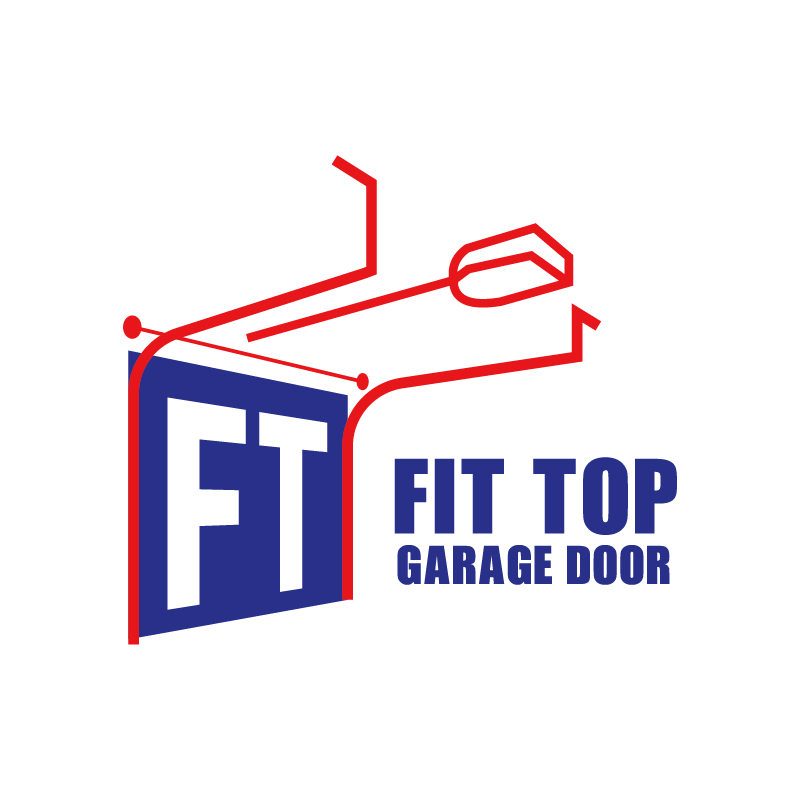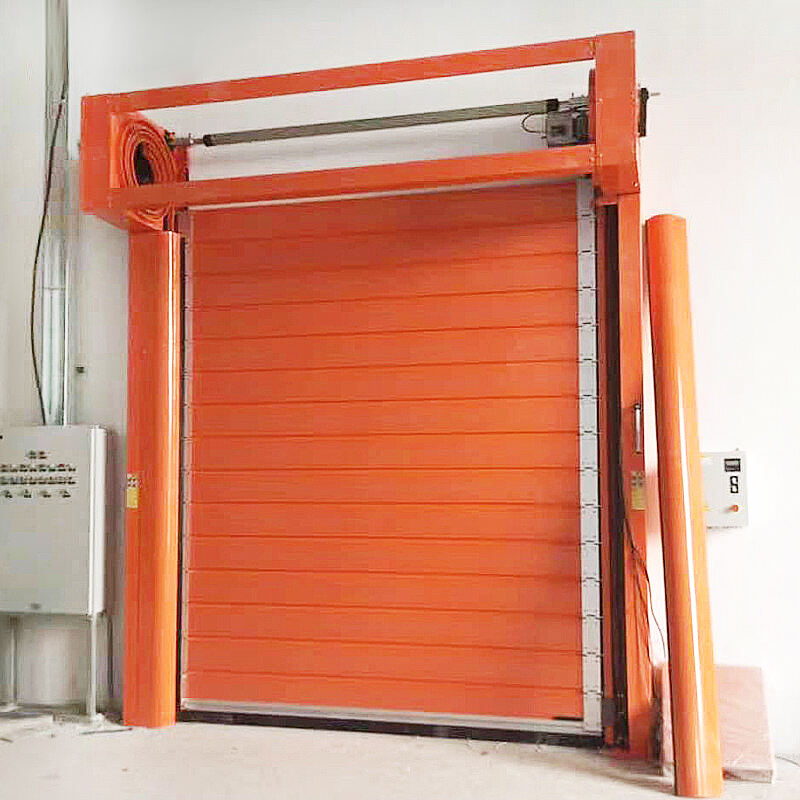Maximizing Energy Efficiency Through Advanced Door Solutions
Industrial facilities face mounting pressure to reduce energy consumption while maintaining operational efficiency. Industrial insulated doors have emerged as a crucial component in achieving these goals, offering substantial energy savings and improved environmental control. These specialized doors combine robust construction with high-performance insulation materials to create an effective barrier against temperature transfer, helping facilities maintain consistent internal conditions while minimizing energy waste.
Understanding the impact of industrial insulated doors on energy optimization requires a comprehensive look at their design, implementation, and long-term benefits. From manufacturing plants to cold storage facilities, these doors play a vital role in creating sustainable, energy-efficient operations that meet modern environmental standards while reducing operational costs.
Core Components of Industrial Insulated Door Systems
Insulation Materials and R-Values
The effectiveness of industrial insulated doors largely depends on their core materials and construction. Modern doors utilize advanced insulation materials such as polyurethane foam, polystyrene, or mineral wool, each offering specific advantages for different applications. Polyurethane foam, for instance, provides excellent thermal resistance while maintaining a relatively thin profile, making it ideal for facilities where space is at a premium.
R-values, which measure thermal resistance, are crucial when selecting industrial insulated doors. Higher R-values indicate better insulation properties, with most high-performance doors offering R-values between R-15 and R-40. This range ensures significant temperature control and energy savings across various industrial environments.
Sealing Systems and Weather Stripping
The effectiveness of industrial insulated doors extends beyond their core materials to include comprehensive sealing systems. Advanced weather stripping and gaskets create an airtight seal when the door is closed, preventing air leakage and maintaining temperature differentials. These sealing systems often incorporate multiple contact points and flexible materials that can withstand repeated use while maintaining their insulating properties.
Modern sealing technologies also include innovations such as thermal breaks and specialized edge designs that minimize thermal bridging, further enhancing the door's overall energy performance. These features are particularly important in extreme temperature applications where even minor air leaks can result in significant energy losses.
Installation and Positioning Strategies
Strategic Placement for Maximum Efficiency
The location and orientation of industrial insulated doors significantly impact their energy-saving potential. Strategic placement considers factors such as traffic flow patterns, exposure to external elements, and internal temperature zones. Proper positioning can minimize the duration and frequency of door openings, reducing energy loss during operational hours.
Facilities should conduct thorough analysis of their workflow patterns and environmental conditions to determine optimal door placement. This may include creating temperature-controlled vestibules or implementing door systems that separate different temperature zones within the facility.
Professional Installation Requirements
Proper installation of industrial insulated doors is crucial for achieving maximum energy efficiency. Professional installers must ensure precise alignment, proper sealing, and correct operation of all components. This includes careful attention to frame installation, seal compression, and the integration of any automated systems.
Regular inspection and adjustment of installation components help maintain optimal performance over time. This includes checking seal integrity, adjusting spring tension, and verifying proper operation of any automated systems to ensure consistent energy efficiency.
Operational Best Practices
Automated Control Systems
Modern industrial insulated doors often incorporate sophisticated control systems that optimize their operation for energy efficiency. These systems can include motion sensors, timers, and programmable logic controllers that automate door operation based on traffic patterns and environmental conditions. Advanced systems may also integrate with building management systems to coordinate door operation with HVAC and other environmental controls.
Implementing automated controls helps minimize the time doors remain open, reducing energy loss during operation. These systems can also track usage patterns and provide valuable data for ongoing optimization of door operation and energy consumption.
Maintenance and Performance Monitoring
Regular maintenance is essential for maintaining the energy efficiency of industrial insulated doors. This includes routine inspection of seals, hinges, and other mechanical components, as well as periodic testing of insulation integrity and thermal performance. Establishing a comprehensive maintenance schedule helps identify and address potential issues before they impact energy efficiency.
Performance monitoring through energy audits and thermal imaging can help identify areas of heat loss and verify the continuing effectiveness of the door system. This data-driven approach enables facilities to optimize their door maintenance and replacement schedules for maximum energy efficiency.

Frequently Asked Questions
What is the average lifespan of industrial insulated doors?
Industrial insulated doors typically last 15-20 years when properly maintained. However, this can vary significantly based on usage patterns, environmental conditions, and maintenance practices. Regular inspections and preventive maintenance can extend the functional life of these doors while maintaining their energy efficiency.
How much energy savings can be expected from installing industrial insulated doors?
Facilities typically report energy savings of 15-30% after installing high-quality industrial insulated doors. The exact savings depend on factors such as climate conditions, facility operations, and the efficiency of the previous door system. Some facilities with extreme temperature differentials may see even greater savings.
When should industrial insulated doors be replaced?
Industrial insulated doors should be replaced when they show signs of significant wear, decreased insulation performance, or mechanical failure that cannot be effectively repaired. Other indicators include increased energy costs, difficulty maintaining desired temperatures, or visible damage to the door structure or sealing system.

